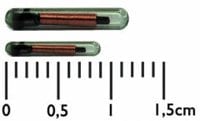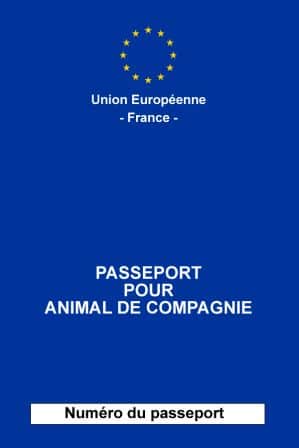The regulations
- Dogs and cats must be identified before they are sold, whether free of charge or for a fee. Identification is the responsibility of the seller.
- The same applies to dogs born after 6 January 1999 and more than four months old, and to cats more than seven months old born after 1 January 2012.
- The owner or keeper of an animal registered in the national identification database is required to notify the administrator, ICAD Sas, of the death of the animal and any change of address or owner.
- To be able to travel within the EU, dogs, cats (or ferrets) must be identified by an electronic chip (transponder) or tattoo affixed before 3 July 2011, be vaccinated against rabies and hold a European pet passport issued by a veterinary surgeon holding a health permit.
(Source, I-cad.fr)
What is electronic identification?
Electronic identification involves implanting a microchip (or transponder) under the cat’s skin.


- It is implanted in a few seconds under the cat’s skin.
- No anaesthetic is required for this procedure.
- Your veterinary clinic will take care of registration with the I-CAD (Fichier National d’Identification des Carnivores Domestiques: https://www.i-cad.fr ).
- The chip can then be read by a microchip reader, a device available from all vets. We regularly find the owners of lost pets that people have found in the street.
- If you move house or change your telephone number, you’ll need to update your contact details. Your vet can help you with this.
Why is this important?
- Cats often live in semi-liberty, particularly in rural areas and on the outskirts of towns. Their territory is free of fences, roads and bans of all kinds. It is therefore common for cats to wander off, especially when they are in heat. Identification means you can be found quickly.
- 75% of identified cats are found (Source Ministry of Agriculture).
- If you have to travel outside France, electronic identification is compulsory.
- Cats over 7 months must be identified.
- Unidentified cats cannot be insured.
- Identification is compulsory in the event of transfer, even free of charge, and must be paid for by the transferor.
To be able to travel within the EU, dogs, cats (or ferrets) must be identified by an electronic chip (transponder), vaccinated against rabies and in possession of a European pet passport issued by a veterinary surgeon holding a health permit.



